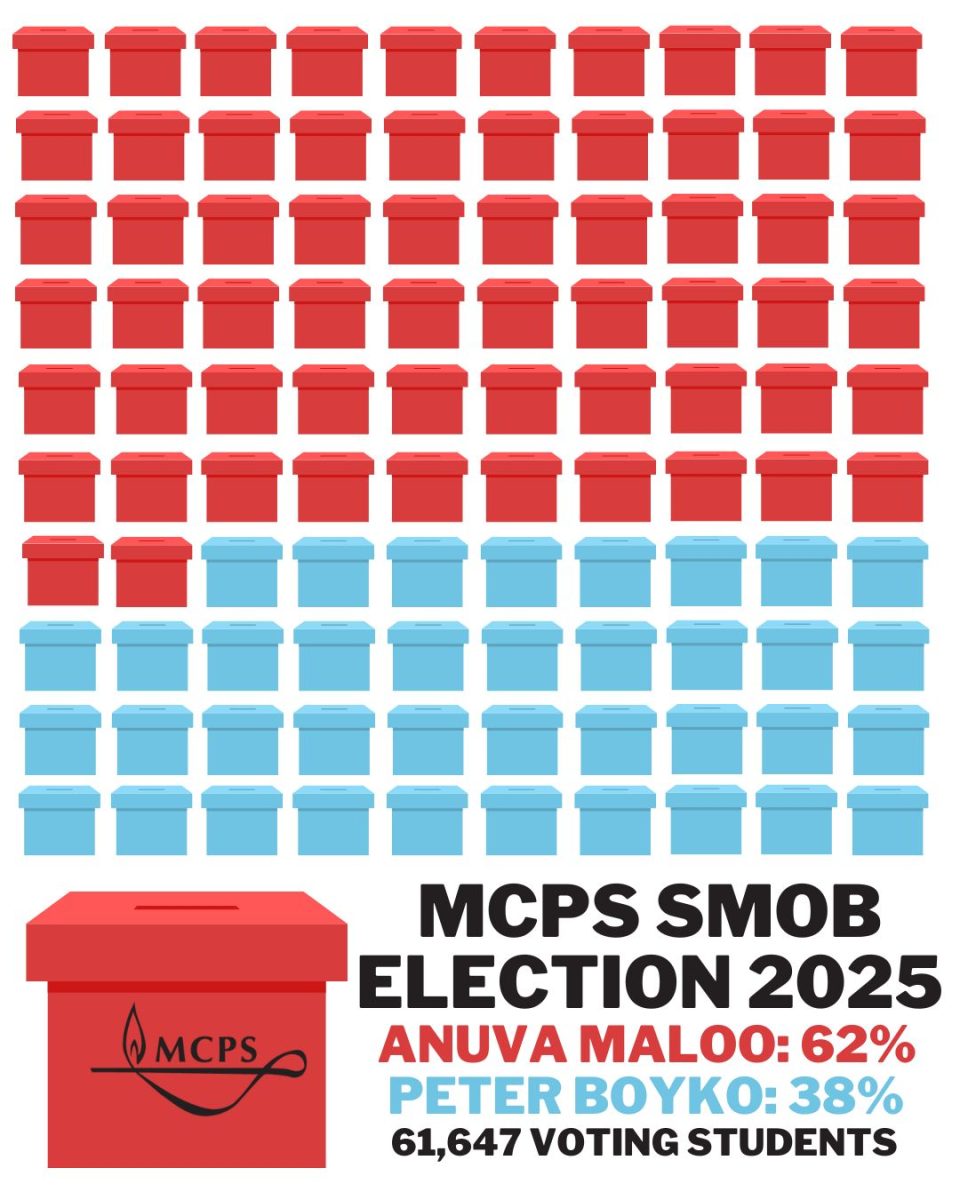On March 20, Democratic Governor Wes Moore and the Maryland General Assembly announced the framework for the Fiscal Year 2026 state budget, including both tax increases and spending cuts in order to address Maryland’s $3.3 billion deficit. The budget for this fiscal year, from July 1 2025 to June 30 2026, is set to have $2.3 billion in spending cuts, the largest the state has had in 16 years.
Governor Moore emphasized the importance of these spending cuts over tax increases in order to maintain economic growth while still addressing the concerningly growing deficit. “And we are transforming Maryland into a state that is unapologetically pro-business and unapologetically pro-growth – not just in words, but deeds,” Moore said, in his budget announcement speech.
The most prominent of these reforms is the increase in taxes for high-earning individuals as well as corporations in some industries. The plan includes 2 new tax brackets for Maryland’s highest earners; those making over $500k will have a state income tax of 6.25%, while those making over $1 million will be taxed at 6.5%. This new progressive tax system means that people with higher incomes pay a larger percentage in taxes, and those with lower incomes are either not affected or benefitted. The plan includes tax breaks for lower-earning individuals, partly in order to help brace for possible economic repercussions caused by the Trump administration’s federal cuts and tariffs.
In his remarks, Governor Moore promised that 94% of Marylanders will either get a tax cut or not have their income tax rate changed, boasting a higher percentage than that from the initial proposal. He reinforced the benefits of a progressive tax system during his budget announcement speech. “And yes, we are asking those of us who have done exceptionally well to pay slightly more – so we can have the best schools in the country – Support our law enforcement and firefighters – And grow our economy,” Moore said. AP and IB Economics teacher Christopher Hinsvark supports these changes. “I think it’s important that people pay their fair share of taxes,” Hinsvark said. “A progressive tax system is most often beneficial to a state’s economy.”
The plan also calls for increased tax rates on cannabis and sports betting, as well as a new 3% tax on IT (Internet Technology) and Digital Services. This new tax includes data collection sites, like iCloud + and Amazon Web Services, as well as web hosting services, like Wix.com. While some think that this new tax ensures technology companies pay their fair share, others argue that it will burden Maryland consumers and businesses. “Although these tax changes are fairly minimal, they can often distort market activity,” Hinsvark said.
With this plan, Moore and the Maryland General Assembly aim to turn the $3 billion deficit into a cash surplus through these spending cuts and tax hikes, while keeping 8% in the state’s Rainy Day Fund savings account, ensuring economic protection from future financial instability. “We have more work to do before Sine Die. But today, we celebrate a very important step forward in securing Maryland’s long-term fiscal health,” Moore said.















